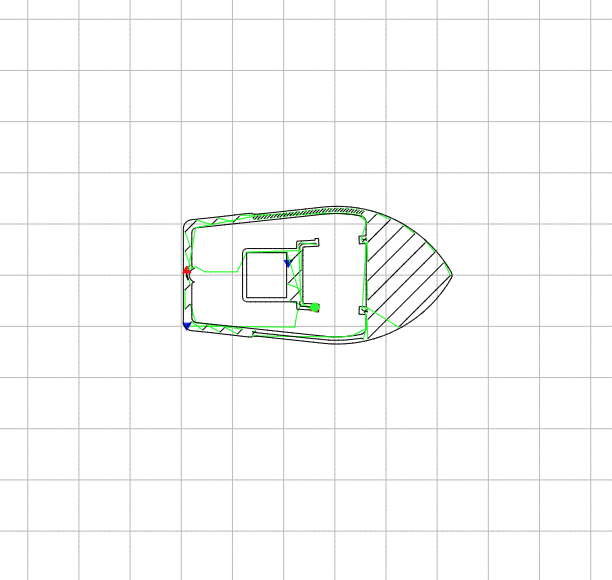
Even running "go build" can take multiple seconds on a simple program. In the open source and container world, many projects have stopped supporting the Zero and RPi1 due to its lack of RAM and slow CPU speed. I've been running one of these for a few months too and was excited when I saw an ARMv7 CPU. The low power segment has been rather ignored. There are some off-brand tablets with A35 chips but generally that's about it. none of these chips seem to have really materialized in any genuinely available form. Yet I just see so much non-materialization, non-availability. A7 has a lot of chips you can't buy, only available in some tablets & or hard to get wearable chips, but I think there are some good offerings about too. I'm forgetting what's available in the Cortex A7 line, which is a little higher power but which still has some very low power chips available for it, & at significantly higher performance ranges. Atmel/Microships SAMA5D3 / SAMA5D2 with it's 600 MHz Cortex A5 (2009) still seems like- half a decade latter- one of a rare few genuinely low power Linux running SoC available for purchase/use. It's felt really weird seeing so little progress in available low power ARM over the years. It's cool to have this great small package, but this is a very different offering than the first RPi0W.


Original RPi0 supposedly can idle at 0.4W, where-as the 3 (whose cpu this is based on) idles at >1.5W. As long as its relatively easy for the foundation to squeeze out a new batch every so often (all of the hard work of designing them is already done), what does it hurt? They'll continue to use them until a design change is required. The whole reason they still sell the (mostly) original Raspberry Pi board is because there are systems, processes, or fleets still using them. Also when companies build products and internal solutions around the Pis.

When people like you and me buy these boards to play with or build into our projects, we are subsidizing all of the foundations design, education, outreach, activities.
What people here seem to be forgetting is that these things take money and instead of spending time fundraising (a huge cost and time sink for most non-profits), they decided to tap into the maker and computer geek communities, as well as industry. They also do quite a lot of education and outreach themselves. The Raspberry Pi foundation's mission is to increase technical literacy worldwide by making and selling very low-cost yet reasonably high-performance computers. From a practical standpoint, I don't get the complaint (I mean, how does that personally harm them in any way?). There have been a lot of commenters in this post basically complaining that there are too many Raspberry Pis. I'm not entirely sure what you're saying, but it sounds like you're arguing against their strategy of having multiple variants of the Raspberry Pi for sale at the same time?


 0 kommentar(er)
0 kommentar(er)
